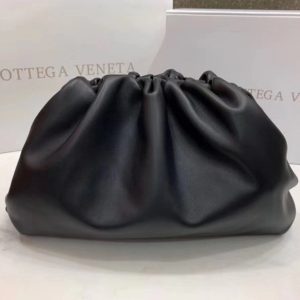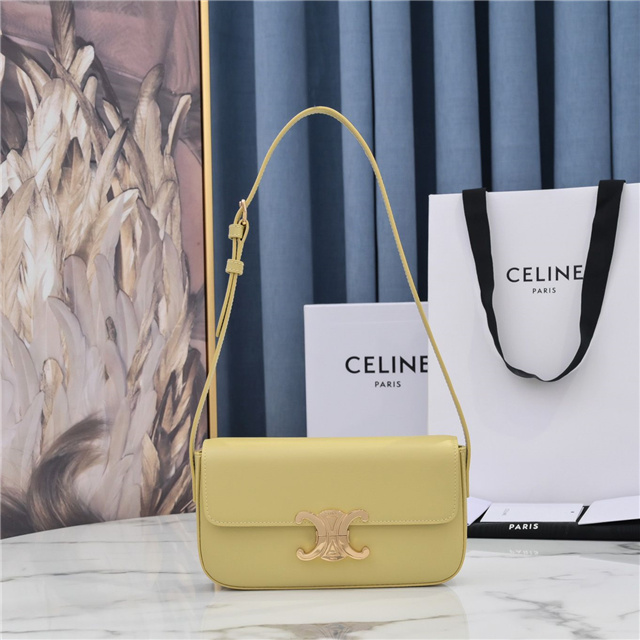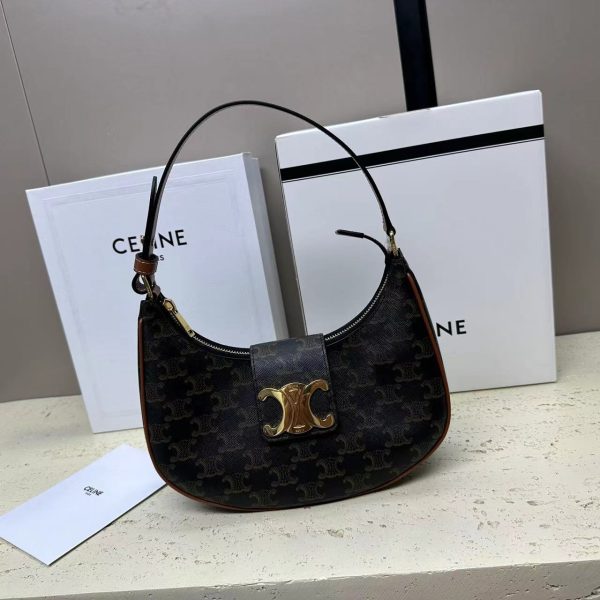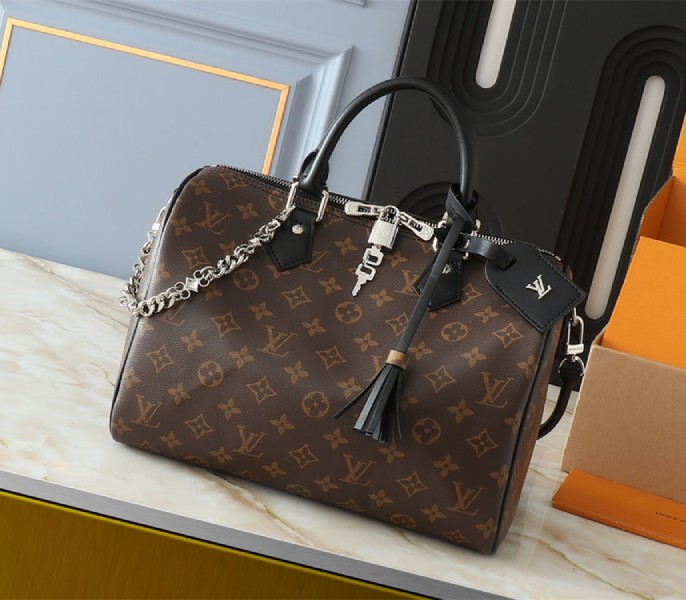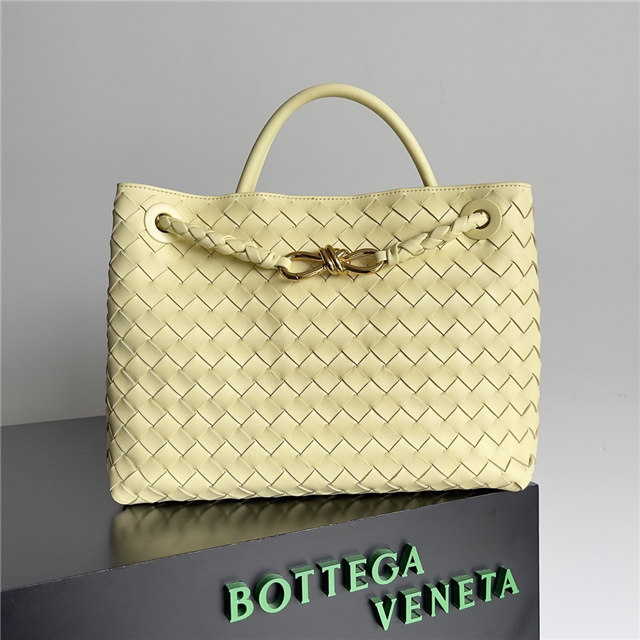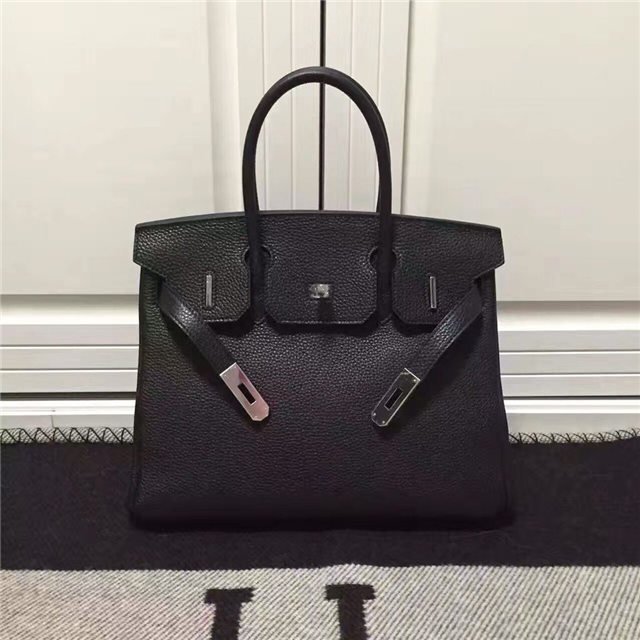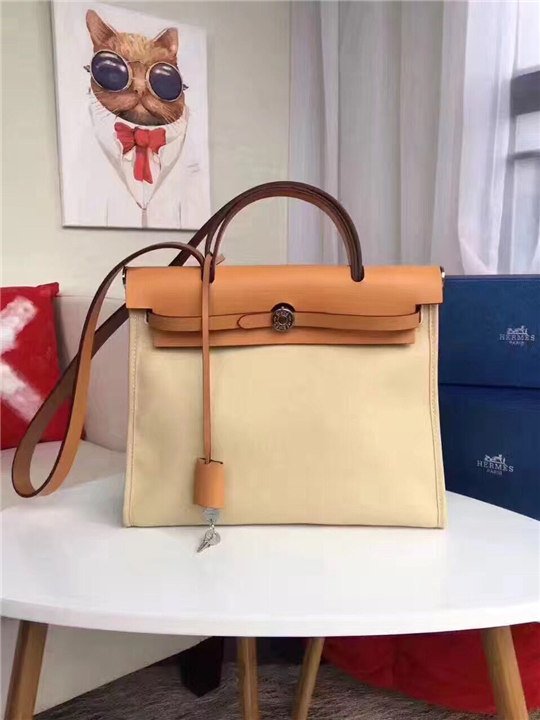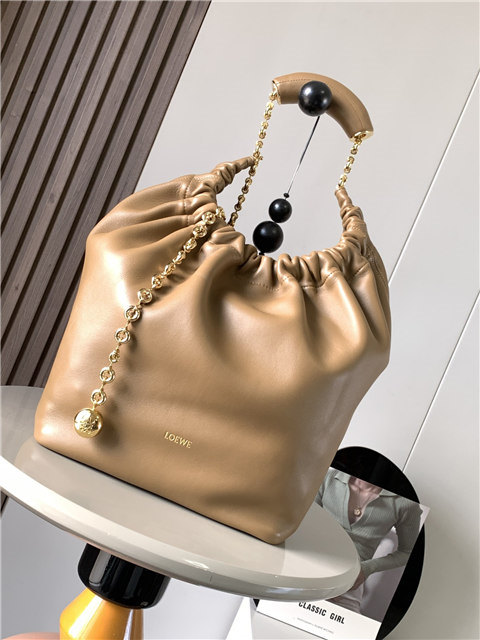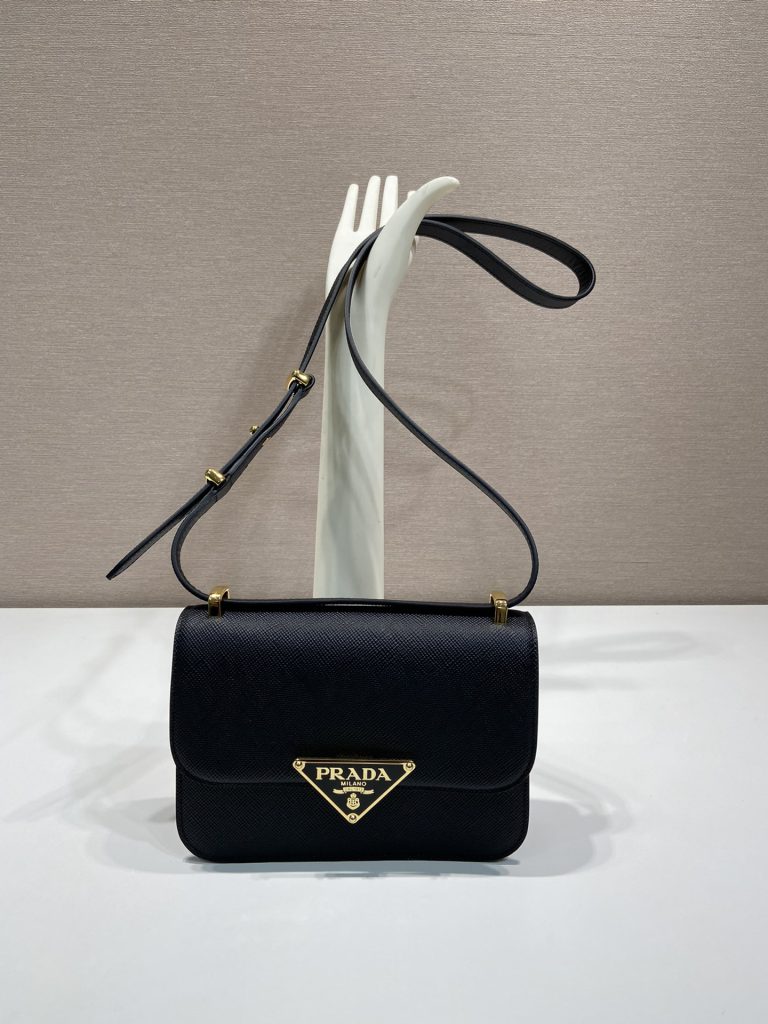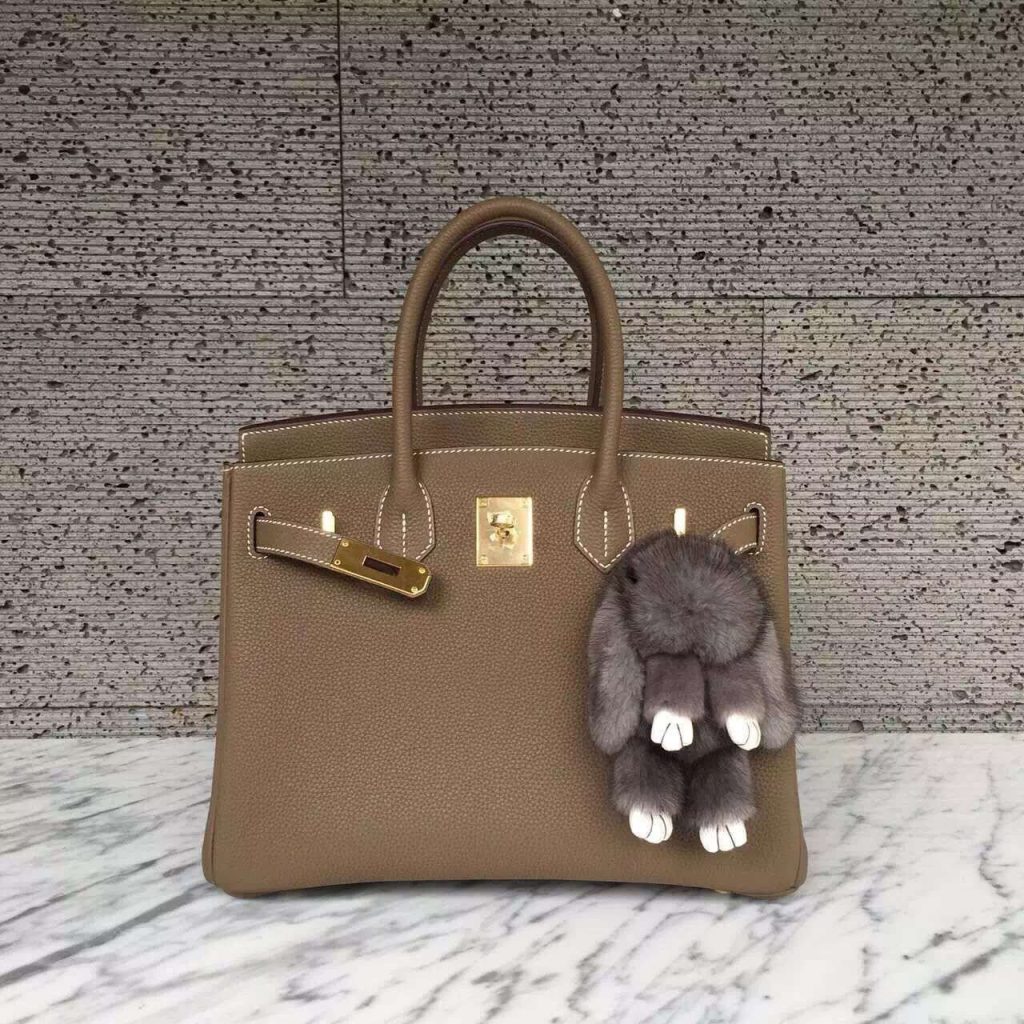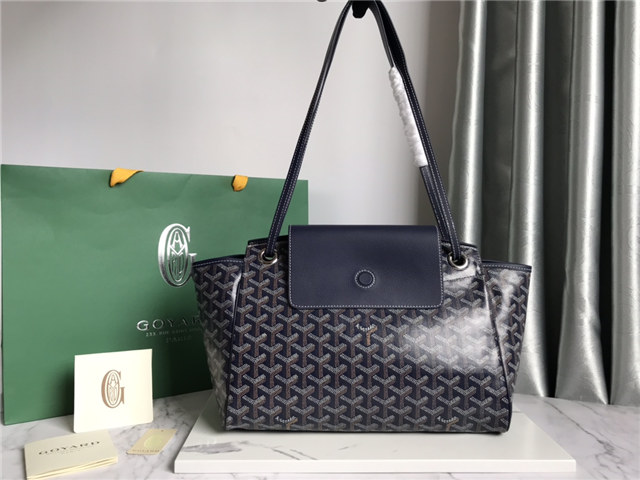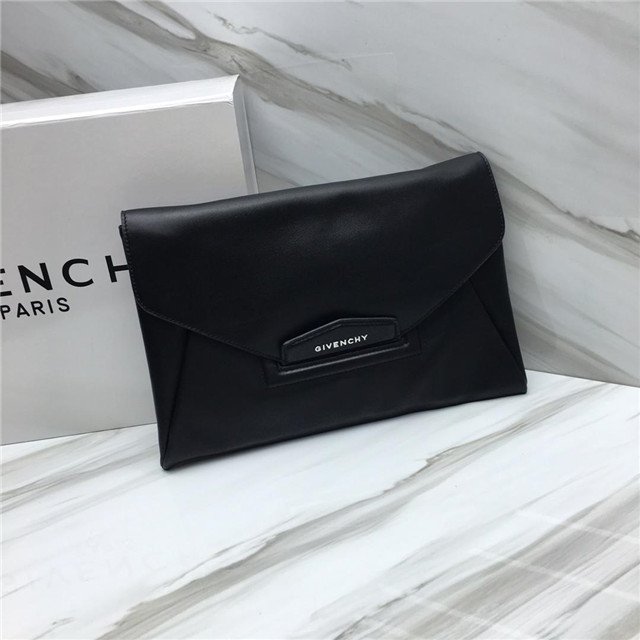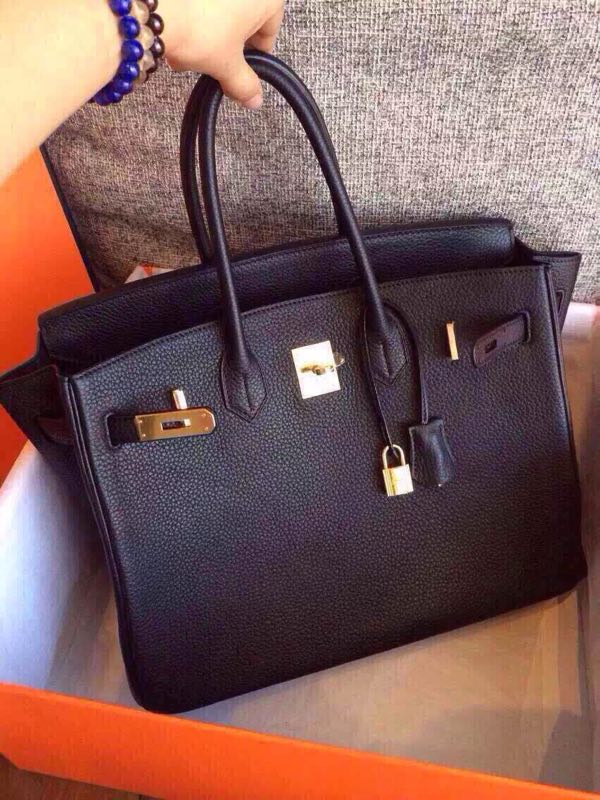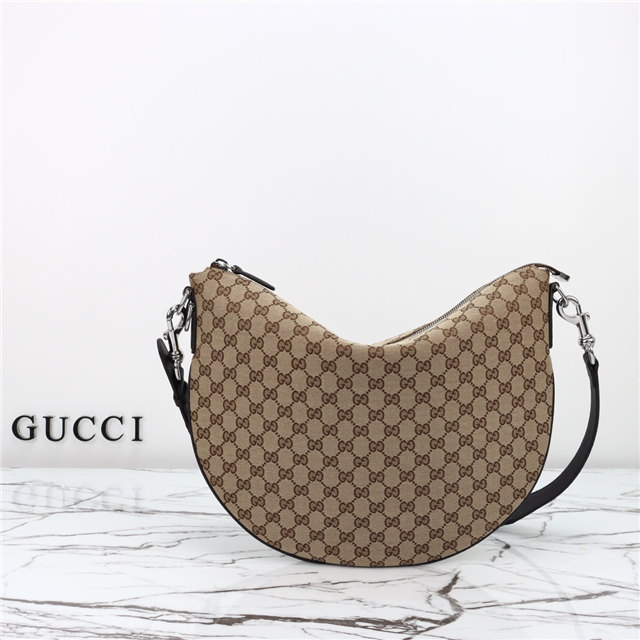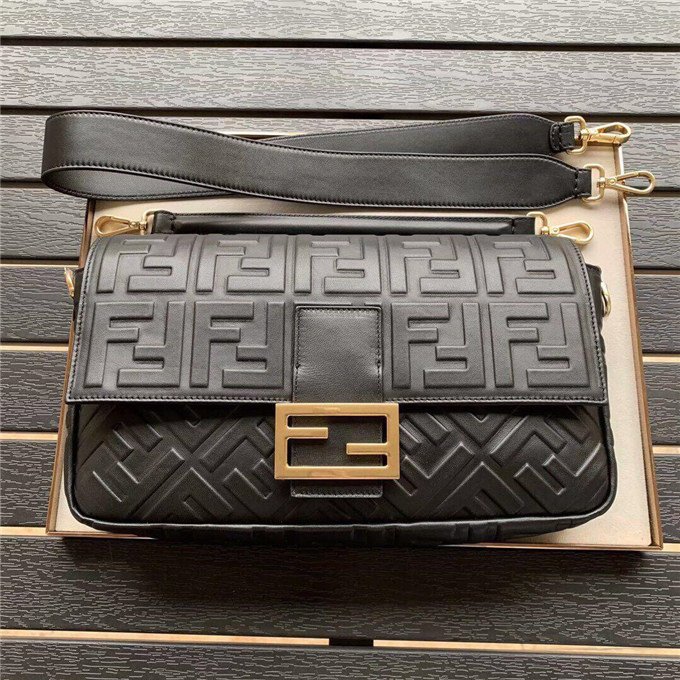First off, let’s get one thing straight: a “replica” is a fancy way of saying “fake.” And not all fakes are created equal. Some are so bad, you can tell from across the street. Others? Well, they’re getting scarily good.
The biggest giveaway, usually, is the details. Remember that iconic CC lock? The original 2.55 *doesn’t even have one*! It’s a rectangular turn lock. This is like, Chanel 101 for spotting a faux pas. But even then, some knock-offs are getting this right now. They are copying the rectangular “Mademoiselle” lock.
Then there’s the stitching. Supposedly, you should be able to cram nine stitches or more into every 2.54 cm (that’s one inch, for those of us who slept through metric conversion in school). I’m not about to whip out a ruler and count every stitch, are you? But yeah, apparently fewer stitches = cheaper construction = fake. It’s not a hard and fast rule, though! Like, sometimes even authentic bags have slight variations.
Honestly, trying to become an expert in authenticating a Chanel bag just so you can buy a *fake* Chanel bag feels a little… ironic, right? You’re putting in more work than some people do for their actual jobs!
Here’s my completely unprofessional, personal opinion: If you’re going for a replica, do it knowing it’s a replica. Don’t try to convince yourself (or anyone else) that it’s “almost real.” That’s just setting yourself up for disappointment and potentially getting ripped off even *more*. Find a good dupe that looks decent, doesn’t fall apart after a week, and doesn’t cost you, like, your rent. Because at that point, you might as well just start saving for the real thing.

